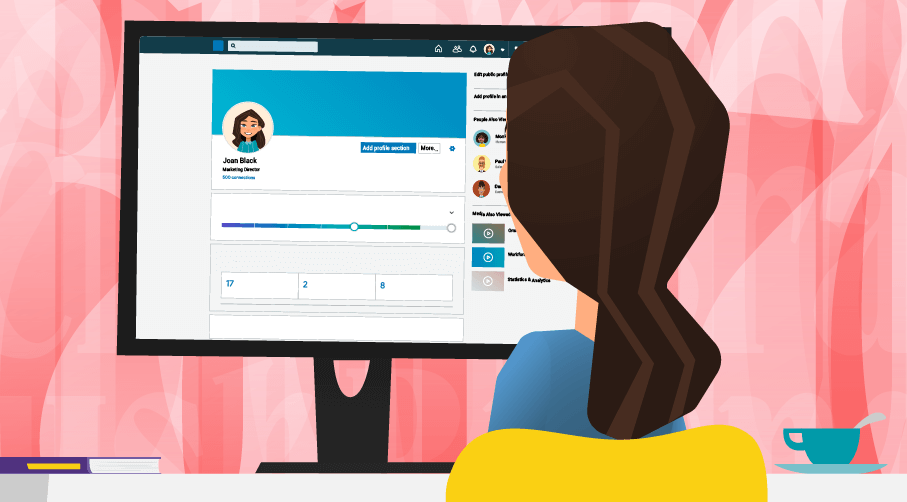
Happy Employees Make All the Difference: The Top 4 Reasons We Love LinkedIn and Their Model for Employee and Customer Success
Uber. Amazon. Facebook. By now you know the tales of tech giants who founded a unicorn company from a humble workspace. Garages, basements, their mom’s couch, a dorm room – you name it, tech has done it.
And while these companies are ultra-successful, it’s rare to find one that’s scaled a coveted culture, too. The more people and personalities you add to the mix, the harder it gets.
That’s why this month, we’re crushing on LinkedIn. A tech giant that grew from humble beginnings and now touts more than 16,000 happy employees.
[Download Now] 9 ways your business benefits when you build a better agent experience
LinkedIn has added more than 706 million global users since its founding in Reid Hoffman’s living room in 2002.
And while their launch to $8B in revenue and a Microsoft acquisition is impressive (the biggest understatement), we’re giving kudos to LinkedIn today for the employee experience they’ve built.
The company knows that happy employees make happy customers, so they invest in their team. And because they do, their team is delighted to invest in their customers.
This core tenant of LinkedIn’s mission and values is why they’re still seeing 21% year-over-year revenue increases and are expected to grow even faster through 2023. So today, we’re mapping out four reasons why we love LinkedIn’s winning strategy to make happy employees (and customers).
1. LinkedIn puts employees first
LinkedIn is one of the most employee-focused organizations in the U.S. And no, they don’t just encourage positive perceptions with info on their website. LinkedIn was ranked #12 on Glassdoor’s list of the 100 Best Places to Work in the U.S. in 2020, based on real input and reviews from employees.
[Read Next] How to stop preaching about employee happiness and start doing something about it
Employee reviews on the site tout an outstanding company culture, a keen attention to employee needs and a leadership team that truly cares about employee well-being.
Here are some of the stand-out quotes we saw from happy employees:
“Super invested in employee development, great work/life balance, great benefits for working mothers and maternity/paternity leave.”
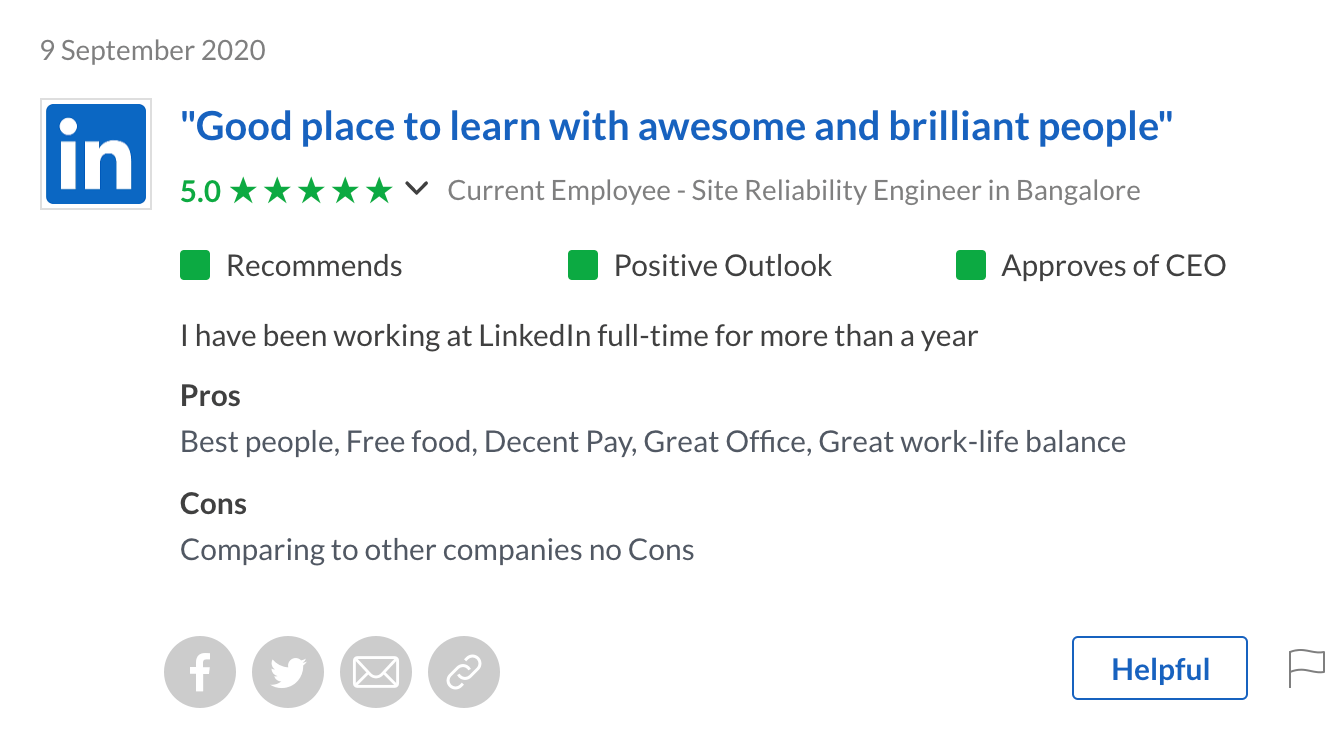
“Amazing work culture, collaborative environment, good managers and leadership, crystal clarity on vision, customer and employee-centric.”
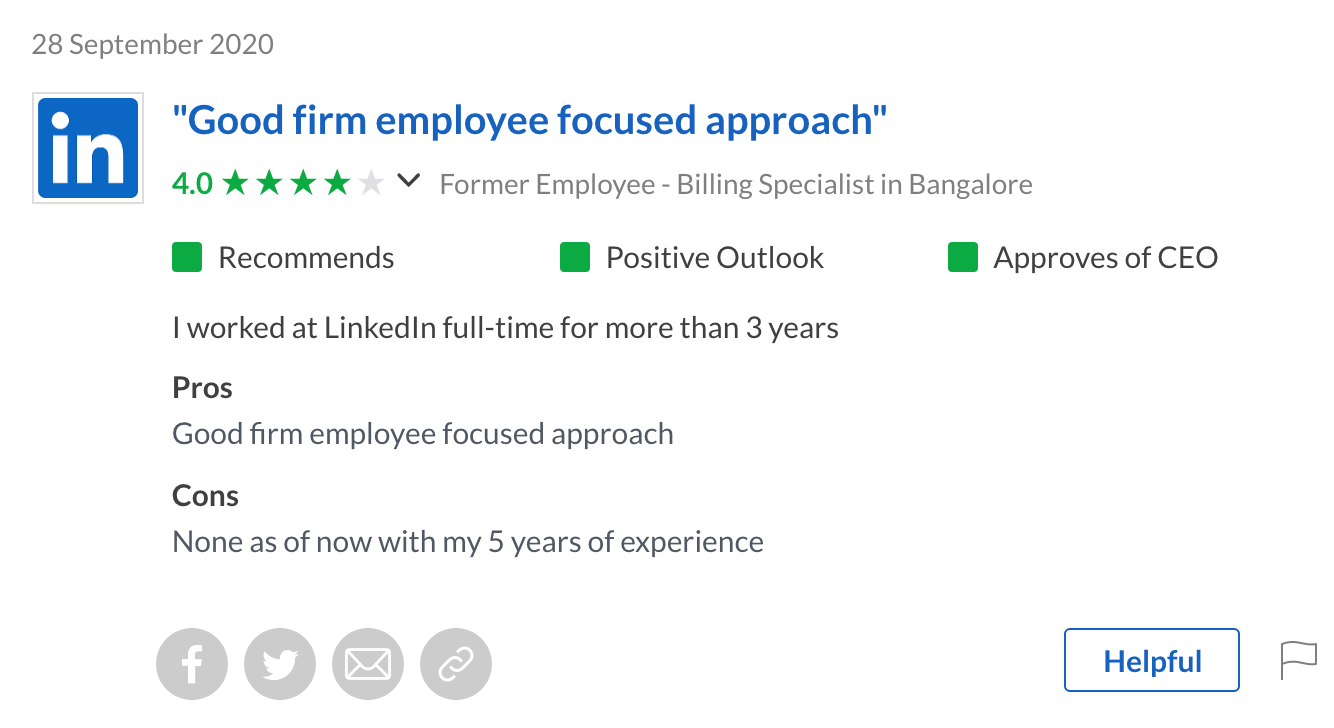
As you sift through LinkedIn’s employee reviews on Glassdoor, you’ll come across some cons (yes, we all have them). But, the number of reviews where employees used the “cons” section to write more pros about the company is astounding. And, the long tenures of many employees posting reviews speaks volumes, too.
2. Their culture is rooted in core values
Forbes named LinkedIn a top employer for new graduates because of their inclusive culture. Chief People Officer Christina Hall said the fluffy perks don’t create happy employees at LinkedIn. Instead, it’s the culture where people live and breathe LinkedIn’s core values.
[Read Next] Rally your team around a purpose to improve engagement and CSAT
In fact, LinkedIn describes their culture in five words that bring them together.
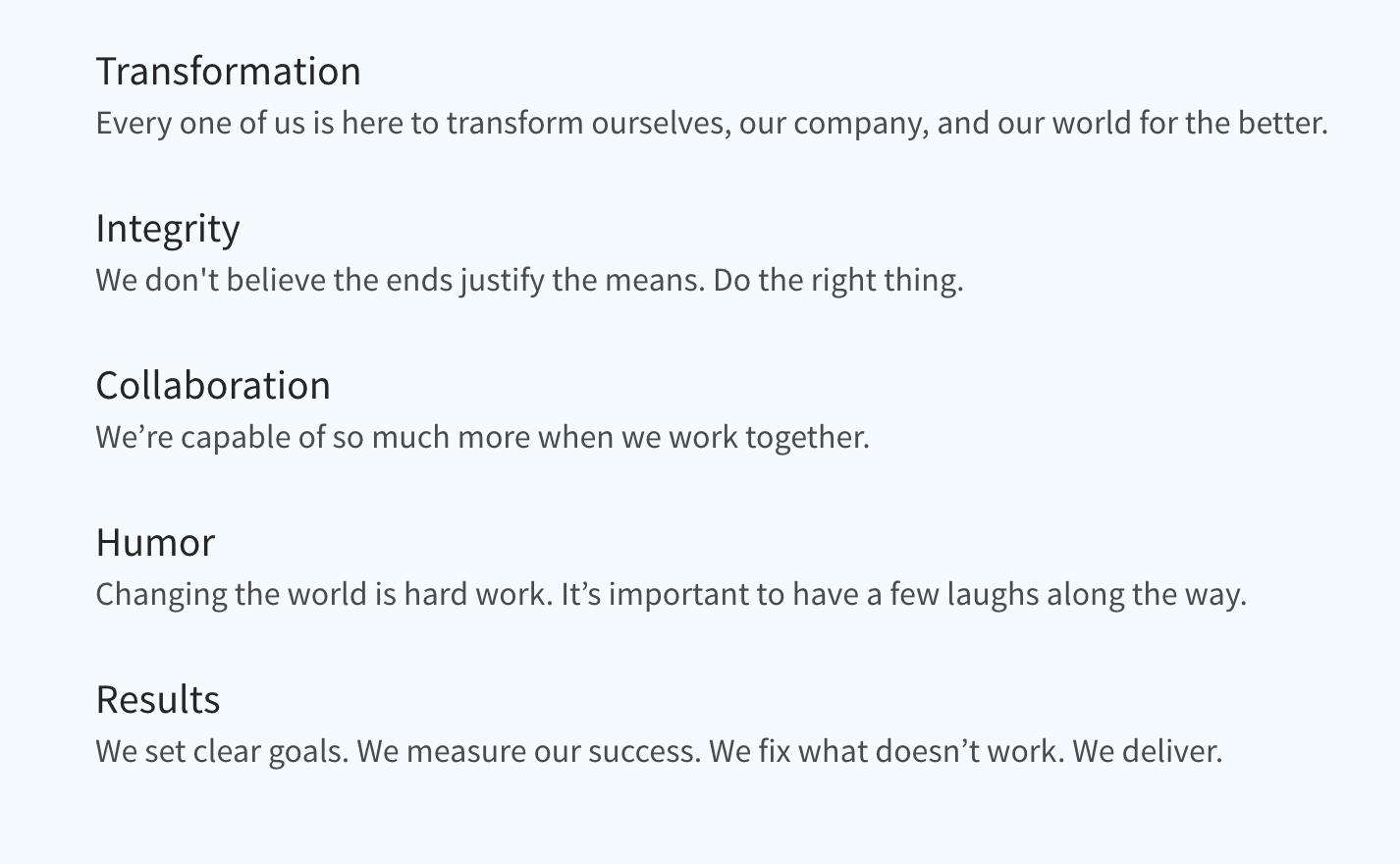
Mapping out these key values lets anyone joining the LinkedIn team know what they’re in for. If they can’t work together to solve problems for customers, then they should head to a new team. And, if they can’t laugh when their boss gets stuck in the potato filter on Zoom for an entire meeting, then they probably won’t like the office comradery.
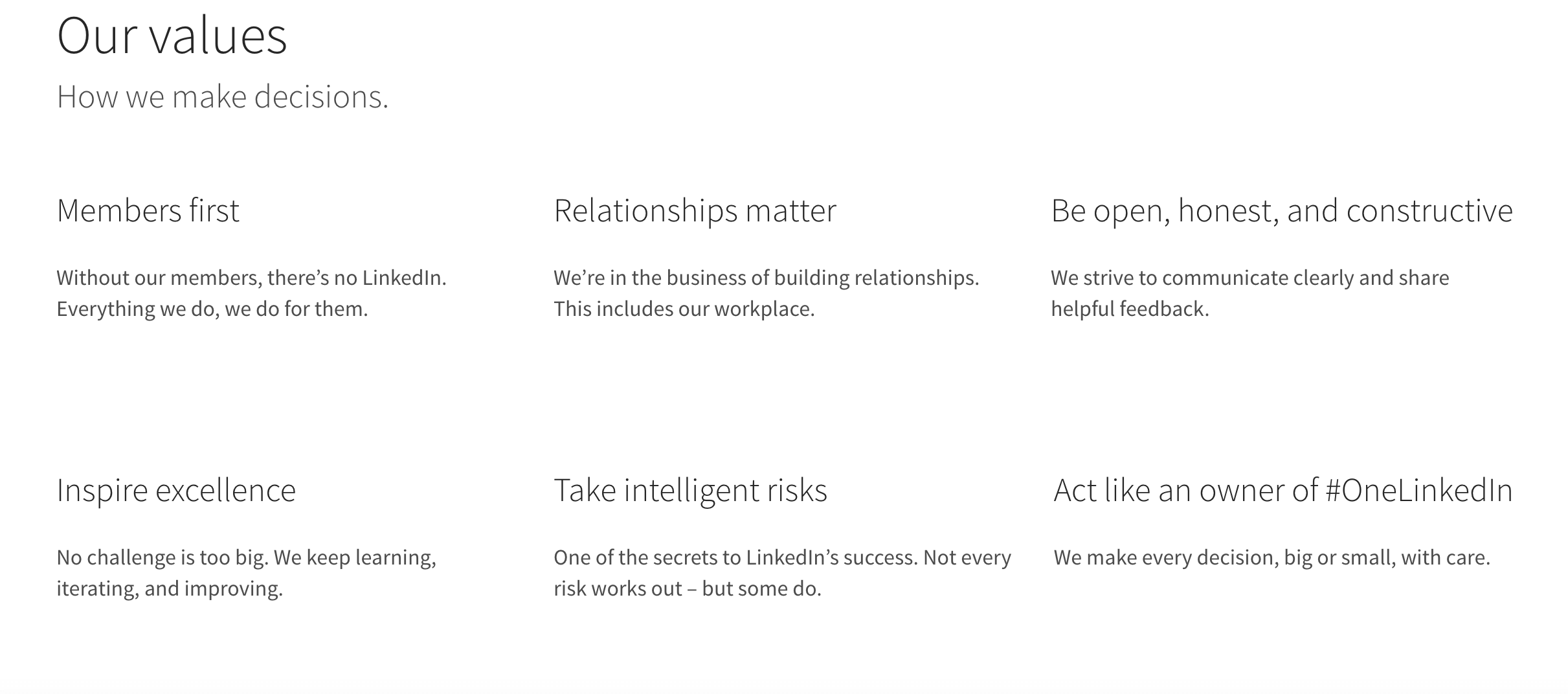
By setting two standards – one for their culture and one for their customers – LinkedIn unites employees under a common cause. They work together in a collaborative culture to do everything they can to support LinkedIn users and customers. Everyone wins.
3. Their suite of services puts customer needs first
Most of today’s best-established social media companies launched into hypergrowth by selling their souls – err, I mean by selling ads. This let them boost their revenues while promoting other companies or products. But, LinkedIn didn’t hang their hat there. Yes, they do still have an advertising arm of their business, but they’ve invested in services that help their individual users, too.
They carved out several niche tools to offer up to their users, depending on individual needs for the platform. Rather than bucketing every LinkedIn user into the category of “job seeker” or “power networker” the platform created a tiered business model to support an array of needs.
[Learn More] Give customers what they want: consistent service when they need help
Companies can purchase the Recruiter suite to help their HR teams and talent development pros seek out top talent across industries. Sales organizations can buy Sales Navigator to help their teams’ prospect & learn about target buyers. And, I can strengthen my profile and network with LinkedIn Premium – unlocking access to learning modules, targeted In-Mail messaging and better visibility for my profile if I’m on the job hunt.
4. They prioritize learning and development (for employees and users)
Back in 2018, the World Economic Forum published a report talking about the upskilling imperative. As the world shifts to digital and more processes become automated, workers need to learn new (and more) skills to tackle the fresh complexities in their roles. Now, upskilling employees is even more critical since Covid-19 accelerated many companies’ digital transformations.
Core to its mission of helping people progress their careers, LinkedIn has always prioritized upskilling and professional development. Both for employees and for users. If you follow LinkedIn on LinkedIn (meta, I know), you get an influx of valuable content designed to help you be more productive and progress your career.
For employees, LinkedIn takes their learning and development further. From mindfulness and compassion programs designed to encourage self-awareness and empathy for others, to frequent employee training, leaders at LinkedIn make growth a priority.
LinkedIn interns even get the opportunity to participate in learning and development courses and attend speaking sessions with top industry professionals. Plus, they have access to mentors during their tenure, too.
[Read Next] How to invest in each of your customer service agents’ growth
And, when the Pandemic started, LinkedIn knew they had a unique opportunity to help displaced workers level-up their skills and find new jobs. They scanned reports, job postings and trends on their platform to identify 10 promising career paths in high demand. (Customer service agents made the list!) Then, they created learning pathways to help users develop the soft skills they need to excel.
Pro tip: Want to level up your own skills? These three LinkedIn Learning paths have proven the most popular around the globe:
- Master In-Demand Professional Soft Skills – This one’s all about improving resilience and emotional intelligence, plus learning how to prep for & embrace unexpected change.
- Diversity Inclusion and Belonging for All – Learn how to confront bias and foster inclusive conversations.
- Finding a Job During Challenging Economic Times – How to recover from a layoff, communicate virtually, and build recession-proof career strategies.
Oh yeah, one more thing. They also tune in to what users ask for, constantly simplifying the experience and providing more opportunity for authentic connection. Plus, they give the people what they want. This just in: dark mode coming soon.
[Download Now] 9 ways your business benefits when you build a better agent experience

